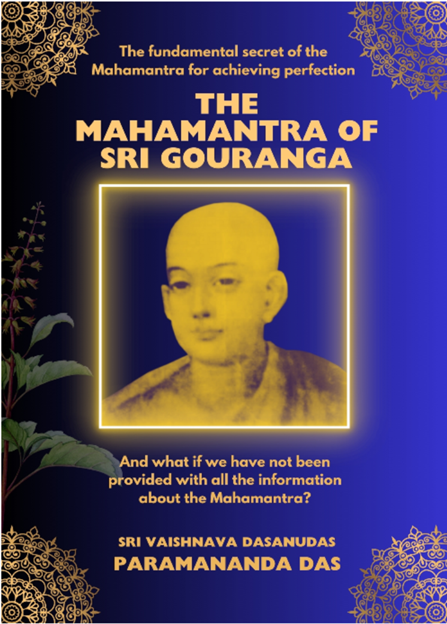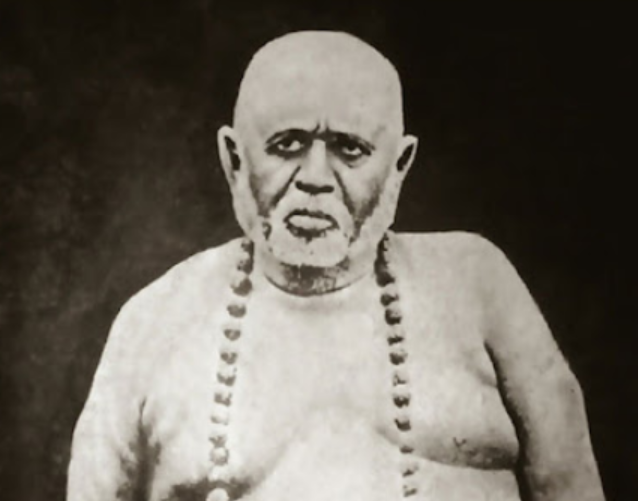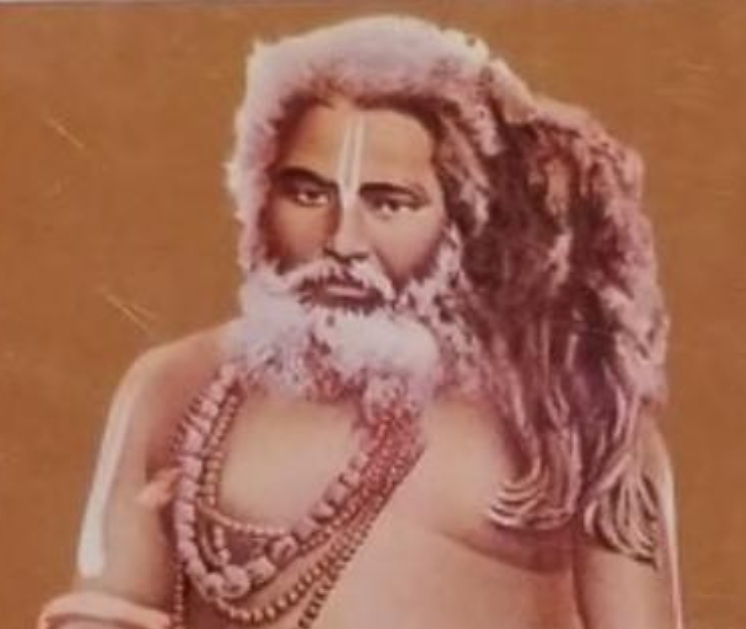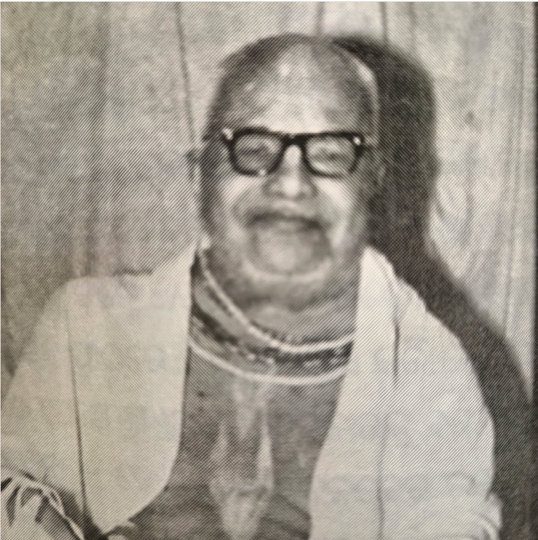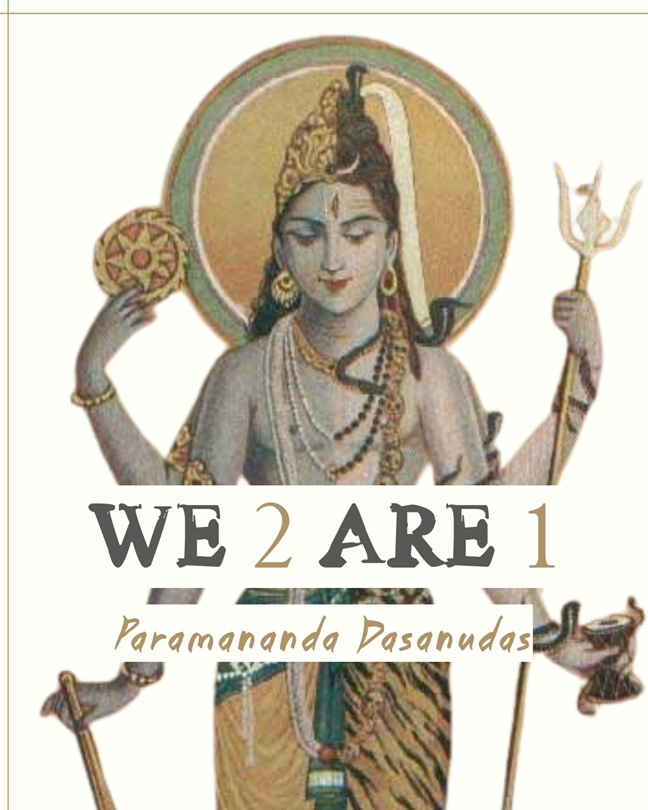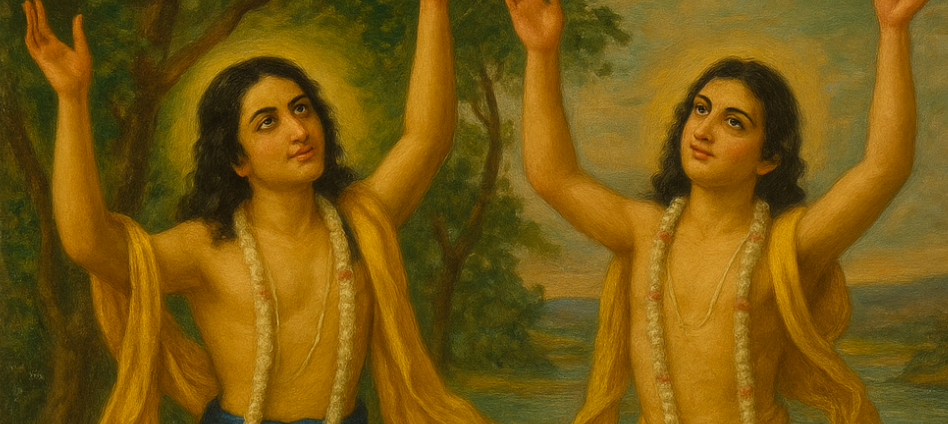
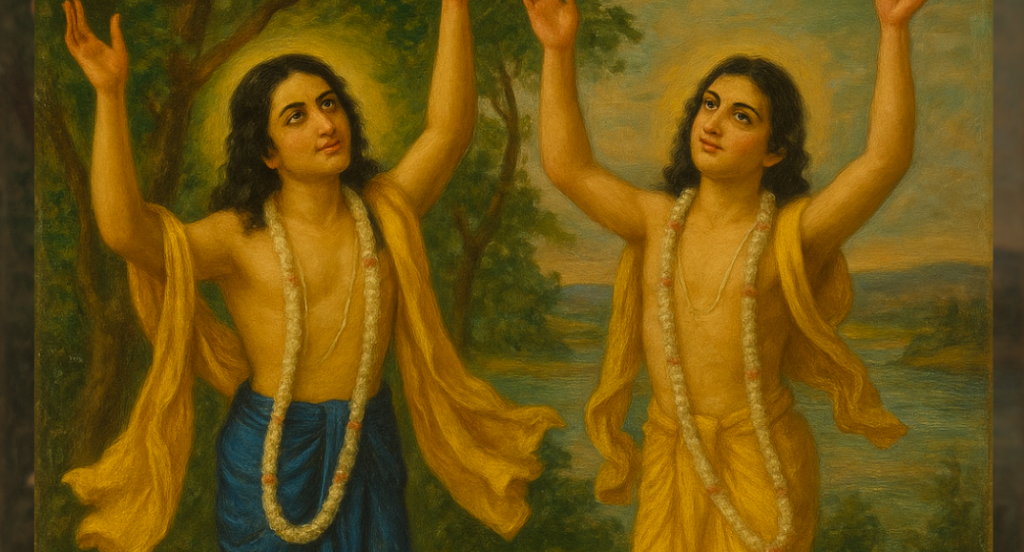
HARINAM
The word HARINAM is composed of two words: HARI (Sanskrit हfर) which refers normally to God, but can also refer to green, tawny, yellow, Vishnu, Krishna, Yama, air, wind, Indra, the moon, the sun, lion, ray of light, parrot, monkey, serpent, frog, Shiva, one of the nine Varshas, Brahma, fire, goose, peacock, golden, to take, to steal, and to overpower. And the other word is NAM (Sanskrit नम्) that means Name, or also it can also translate as “to reverence.” Sanskrit is a complex language due to the meaning of words being highly dependent on context. Sanskrit texts can be seen from various different points of view, which results in a rich tradition of mysticism in India. Everyone reads the Bhagavad Gita, yet some conclude that the final goal is Para Brahman, while others focus on Krishna. Both readings are correct, since the interpretation depends on the nature of each seeker. Harinam thus means the Name of Hari. This is the base of the essential practice in Kali Yuga and possibly of all the Yugas in the past, present, and future. Harinam refers to any name of Hari, such as Narasimha, Narayan, Vishnu, Gopal, Govinda, Rama, etc. And it just doesn’t refer exclusively to the Maha Mantra, otherwise it wouldn’t require its own name “Maha Mantra.” Also, the Maha Mantra is a Mantra and not just a name, as it consists of a chain of three names combined sixteen times. Another fact to keep in mind is that the Hare Krishna Maha Mantra is part of a great number of supreme Mantras (Maha Mantras), and all of these are combinations of the names of Hari. Just because the Maha Mantra doesn’t begin with OM and end with Swaha or Namaha doesn’t mean it isn’t a Mantra. As stated above, the Maha Mantra is only one of a number of existing Maha Mantras, and not all are revealed at our level of reality.
sapta-koti-mahä-mantra-
shekharo deva-shekharah
vijnänam jnäna-sandhänas
tejo-räshir jagat-patih
It is the crown of the seventy million Maha Mantras. It is the crown of the gods. It is transcendental knowledge. It is refulgent. It is the master of the worlds.
— Sri Gopala Sahasra Nama, 139
The Maha Mantra appears in the Upanishads and the Puranas and thus should be considered a Mantra since these are part of the Vedas. The word Maha Mantra is significant, since in it is shown that this composition is the greatest (Maha) of the Mantras, even if it doesn’t open with the Bija OM or end with Swaha, Prachodayat, Namaha, or other “traditional” closing of a Mantra. The simple fact of it being called “Maha Mantra” should be understood “as it is,” without mental constructs concerning its meaning. If it reads “Maha Mantra,” it means Maha Mantra and not something else.
Extract from the book The Mahamantra of Sri Gouranga.
Download the full PDF. To ask how, click here
